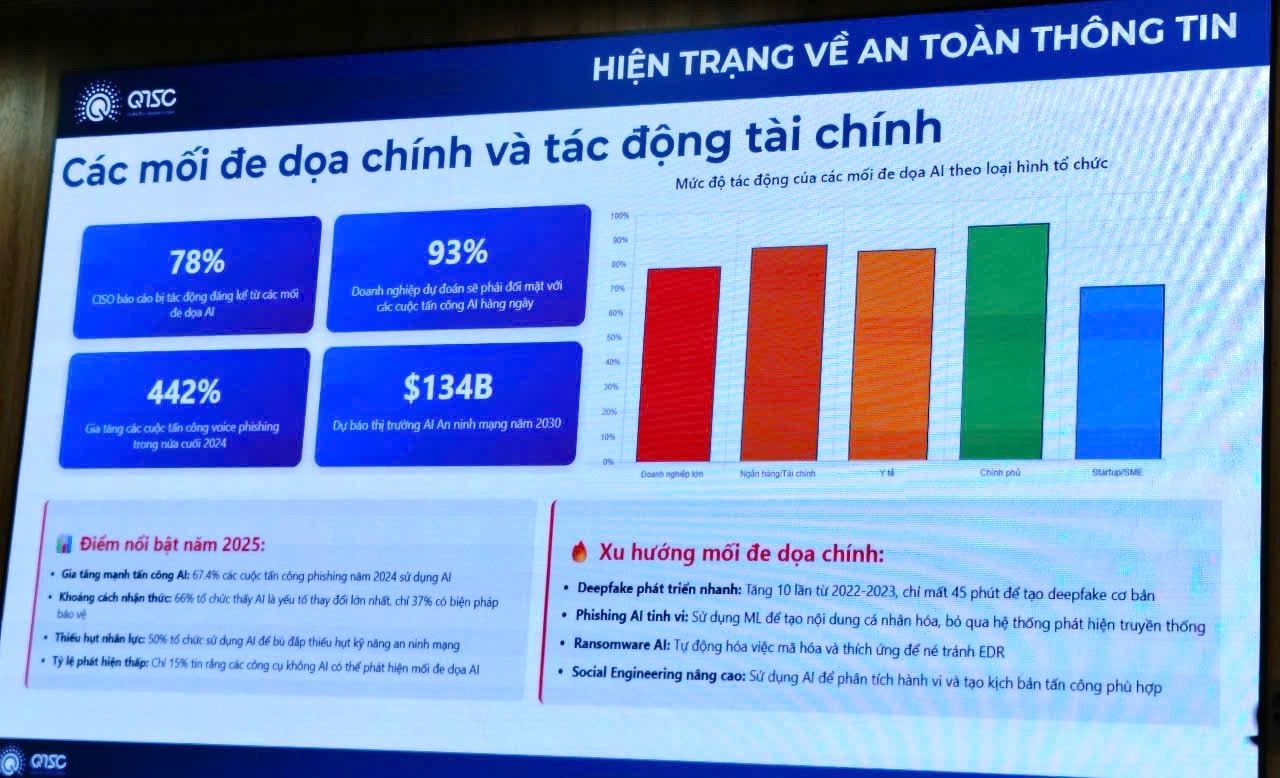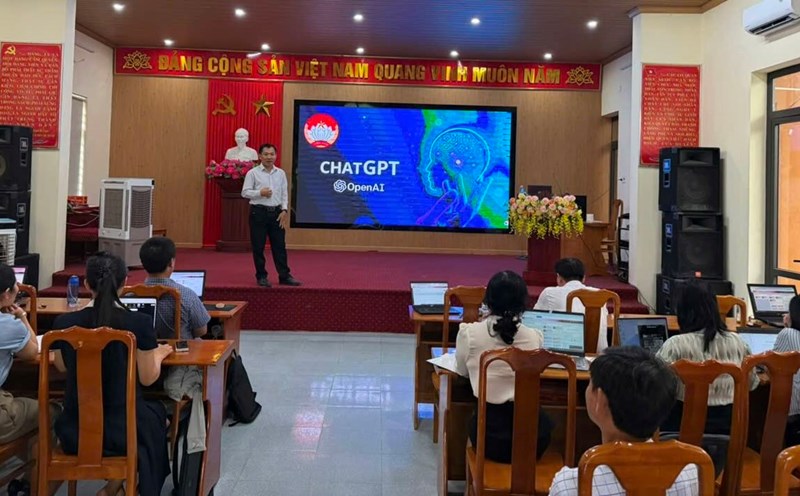What is the barrier?
According to TopDev's Vietnam Information Technology Market Report, the Vietnamese IT market will need about 750,000 IT experts by 2026.
However, at present, domestic training institutions can only provide 500,000 employees, posing a major challenge in human resources for businesses. This situation is further complicated by the fact that Vietnam currently has 74,000 enterprises operating in the IT sector, and about 56% of them are lacking cybersecurity personnel.
One of the biggest barriers to the development of the IT workforce in Vietnam today is the gap between the rapid development of technology and the shortage of highly qualified human resources.
Although Vietnam has a young, dynamic workforce and is strongly supported by the Government in digital transformation, there is still a significant gap in deep technical expertise in areas such as cyber security, AI, cloud infrastructure and IT automation.

Impact on businesses and solutions
Sharing with Lao Dong, expert Pham Huan - Regional Technical Director, ManageEngine - Zoho's IT corporate management department said that the shortage of IT personnel will affect the international competitiveness of Vietnamese enterprises.
In addition, the shortage of cybersecurity expertise also causes organizations to face risks, damaging the reputation and trust of international partners. In addition, if there are no skilled experts to manage cloud infrastructure, automate or comply with regulations, businesses may have difficulty meeting global standards.
To reduce pressure on Vietnamese enterprises, in the context of a shortage of IT talent, according to Mr. Pham Huan, there are 3 solutions: automation, centralized management and continuous skills development.
First, automation is necessary. By automating repetitive and routine tasks such as patch management, log analysis, and incident response, IT teams can spend time focusing on more strategic initiatives. Automation solutions allow teams to do more work with less resources.
Second, merging IT activities on a single platform helps reduce the situation of tool breakdown and simplify management. Instead of having to deal with multiple disrupted systems, teams can use a single platform to monitor, fix problems and secure their infrastructure more effectively. This helps reduce complexity and reduce the risk of burnout.
In addition, businesses need to invest in their own existing human resources. That means improving skills and empowering the current IT team with appropriate knowledge and resources.
This can be supported through training sessions where experts share practical experiences, and regular knowledge sharing initiatives such as online seminars, thematic seminars and practical laboratories.








